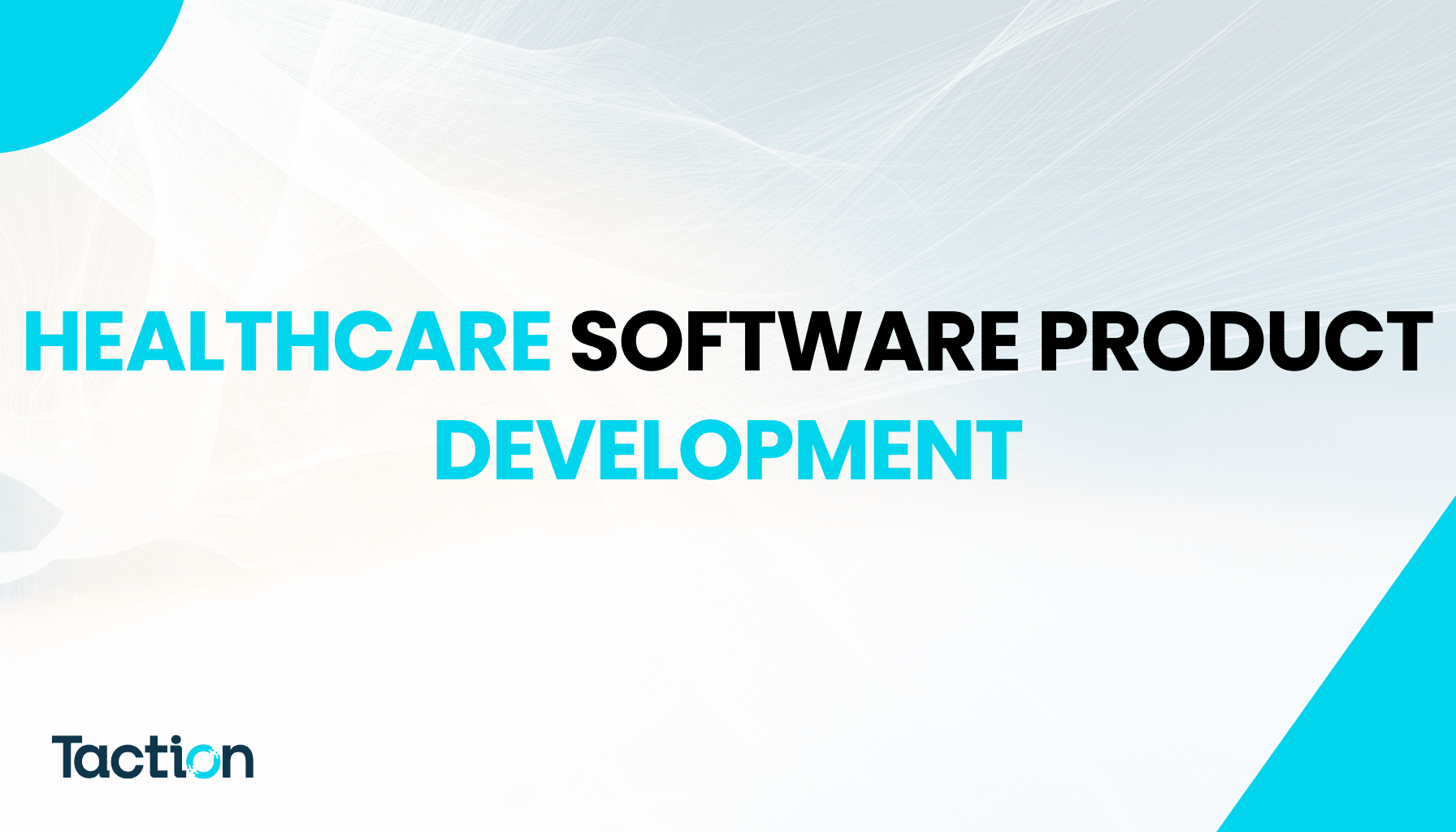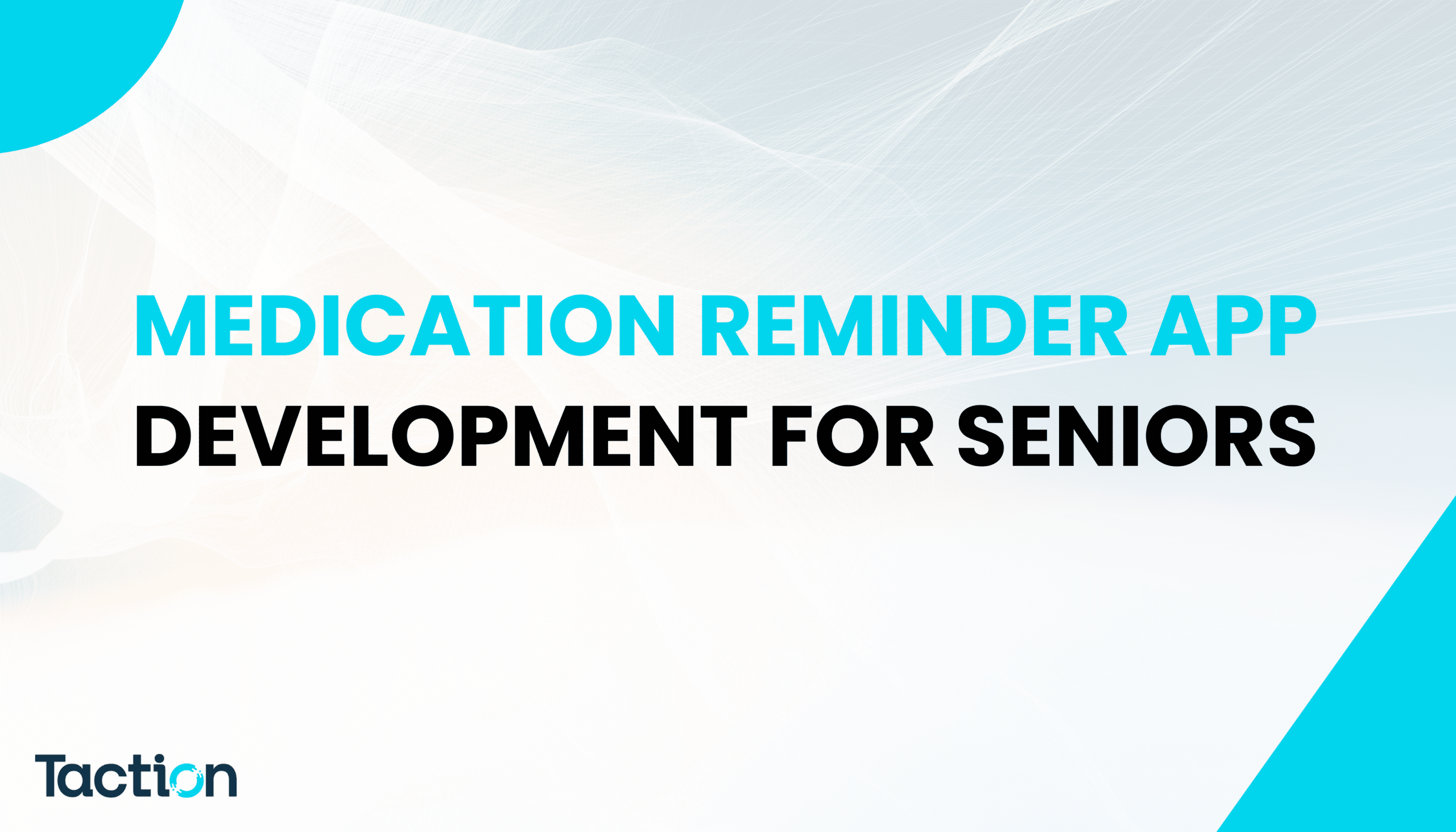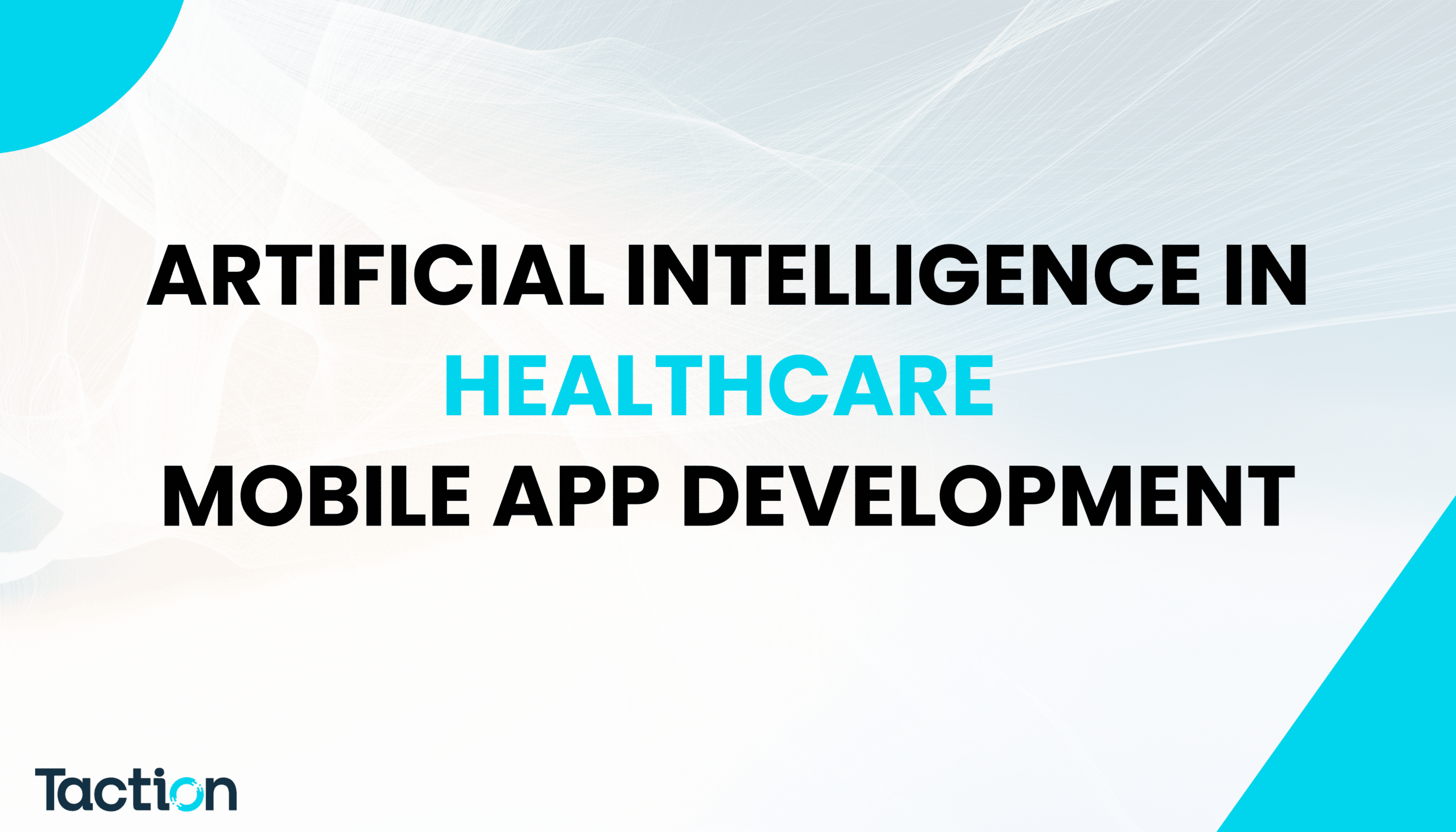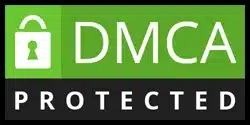A Comprehensive Guide to Healthcare Software Product Development
In today’s fast-paced world, technology has become an integral part of healthcare. From Electronic Health Records (EHR) systems to telemedicine apps, healthcare software is transforming the way care is delivered. Yet, building software for the healthcare industry isn’t just about writing code; it involves understanding regulatory requirements, ensuring data security, and prioritizing patient outcomes. In this guide, we’ll explore the ins and outs of healthcare software product development, focusing on the stages, challenges, and best practices involved.
What is Healthcare Software Product Development?
Healthcare software product development refers to the process of creating software specifically designed to meet the needs of healthcare providers, patients, and other stakeholders in the healthcare ecosystem. This includes building applications that streamline operations, improve patient outcomes, and ensure compliance with regulatory standards.
Types of Healthcare Software Products
Healthcare software encompasses a wide variety of products, each serving a unique purpose:
- Electronic Health Records (EHR) Systems: Digital versions of patient records that healthcare providers use to store and manage health information.
- Practice Management Software: Tools that help healthcare practices manage daily operations such as scheduling, billing, and reporting.
- Telemedicine and Telehealth Apps: Platforms that enable remote consultations between doctors and patients.
- Mobile Health (mHealth) Apps: Apps designed to monitor health metrics and provide care directly to patients via smartphones.
- Clinical Decision Support Systems (CDSS): Tools that assist healthcare professionals in making data-driven decisions.
Why Healthcare Software Product Development is Essential
The demand for healthcare software has skyrocketed, and for good reason. The healthcare landscape is constantly evolving, and healthcare providers need modern solutions to keep up with these changes.
Meeting the Needs of Modern Healthcare Providers
Doctors, nurses, and administrators rely heavily on software to manage patient data, streamline workflows, and enhance communication between departments.
Enhancing Patient Care
Healthcare software allows for real-time access to critical patient information, resulting in quicker diagnoses and better care coordination.
Addressing Regulatory and Compliance Demands
Healthcare is one of the most regulated industries. Developing compliant software ensures healthcare organizations meet standards such as HIPAA, ensuring patient privacy and data security.
Types of Healthcare Software Products
Electronic Health Records (EHR) Systems
EHR systems provide healthcare professionals with instant access to a patient’s medical history, medications, and lab results, improving efficiency and reducing errors.
Practice Management Software
Practice management tools help streamline day-to-day operations, from appointment scheduling to billing, helping clinics run smoothly.
Telemedicine and Telehealth Applications
Telemedicine platforms enable healthcare providers to conduct virtual consultations, breaking geographical barriers and making healthcare more accessible.
Mobile Health (mHealth) Apps
Mobile health apps empower patients to monitor their health and communicate with healthcare providers, all from the convenience of their smartphones.
Clinical Decision Support Systems (CDSS)
CDSS tools provide real-time, data-driven insights to healthcare professionals, aiding in decision-making, treatment planning, and diagnosis.
Key Features of Effective Healthcare Software
When developing healthcare software, there are essential features that should always be included:
User-Friendly Interface
Healthcare professionals are busy, and they need software that is intuitive and easy to use, without a steep learning curve.
Data Security and HIPAA Compliance
Ensuring the security of sensitive patient information is paramount. All healthcare software must comply with HIPAA regulations, safeguarding patient data.
Interoperability and Data Integration
Healthcare software should easily integrate with existing systems and facilitate seamless data exchange between platforms.
Real-Time Analytics and Reporting
Healthcare providers need access to real-time data and analytics to make informed decisions, enhance care, and monitor outcomes.
Benefits of Using AI-Powered Healthcare Apps for U.S. Hospitals
Understanding the Healthcare Software Development Lifecycle
Healthcare software development follows a series of structured steps, each critical to the final product’s success.
Requirements Gathering and Analysis
The first step involves identifying the needs of stakeholders, including healthcare providers, patients, and administrators.
Design and Prototyping
Once requirements are gathered, developers create prototypes to visualize the software’s functionality and user experience.
Development and Testing
During the development phase, the actual coding takes place, followed by rigorous testing to ensure the software is bug-free and performs as expected.
Implementation and Deployment
After testing, the software is deployed in the healthcare environment. This stage often requires training for end-users, such as doctors and nurses.
Maintenance and Support
Post-launch support is crucial for ensuring long-term software success, including regular updates, bug fixes, and performance improvements.









